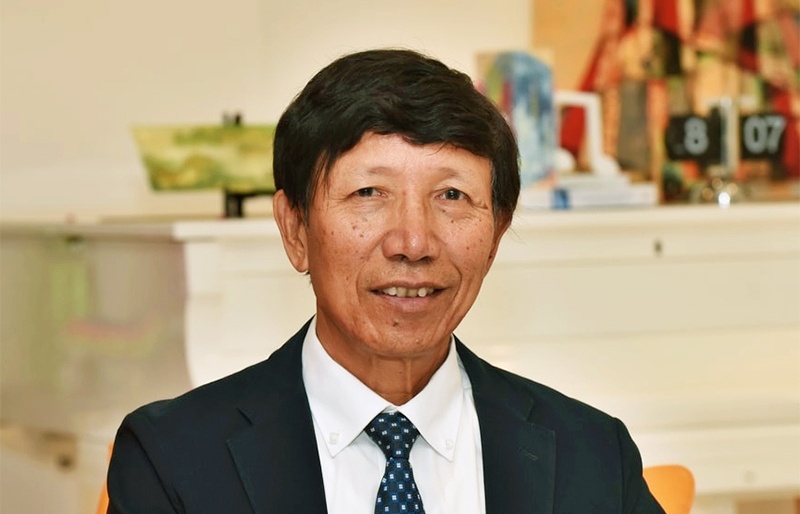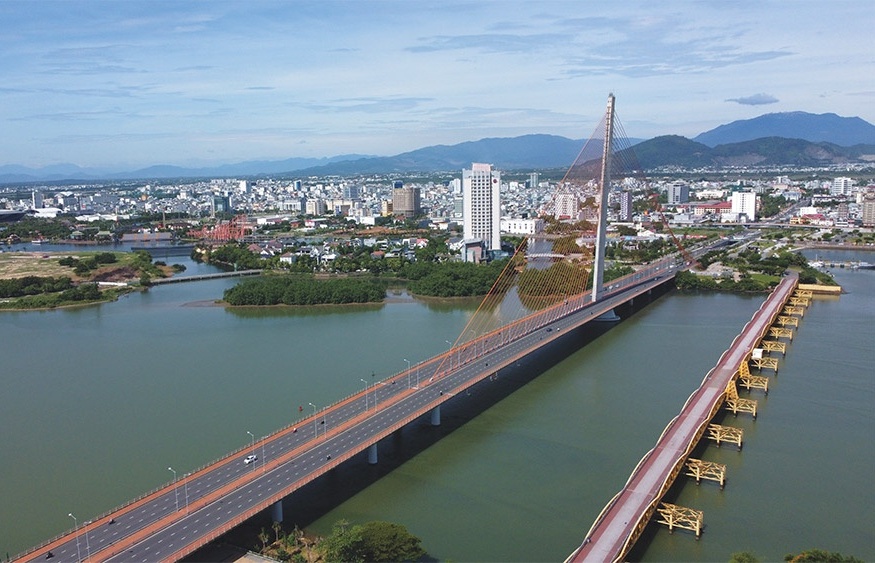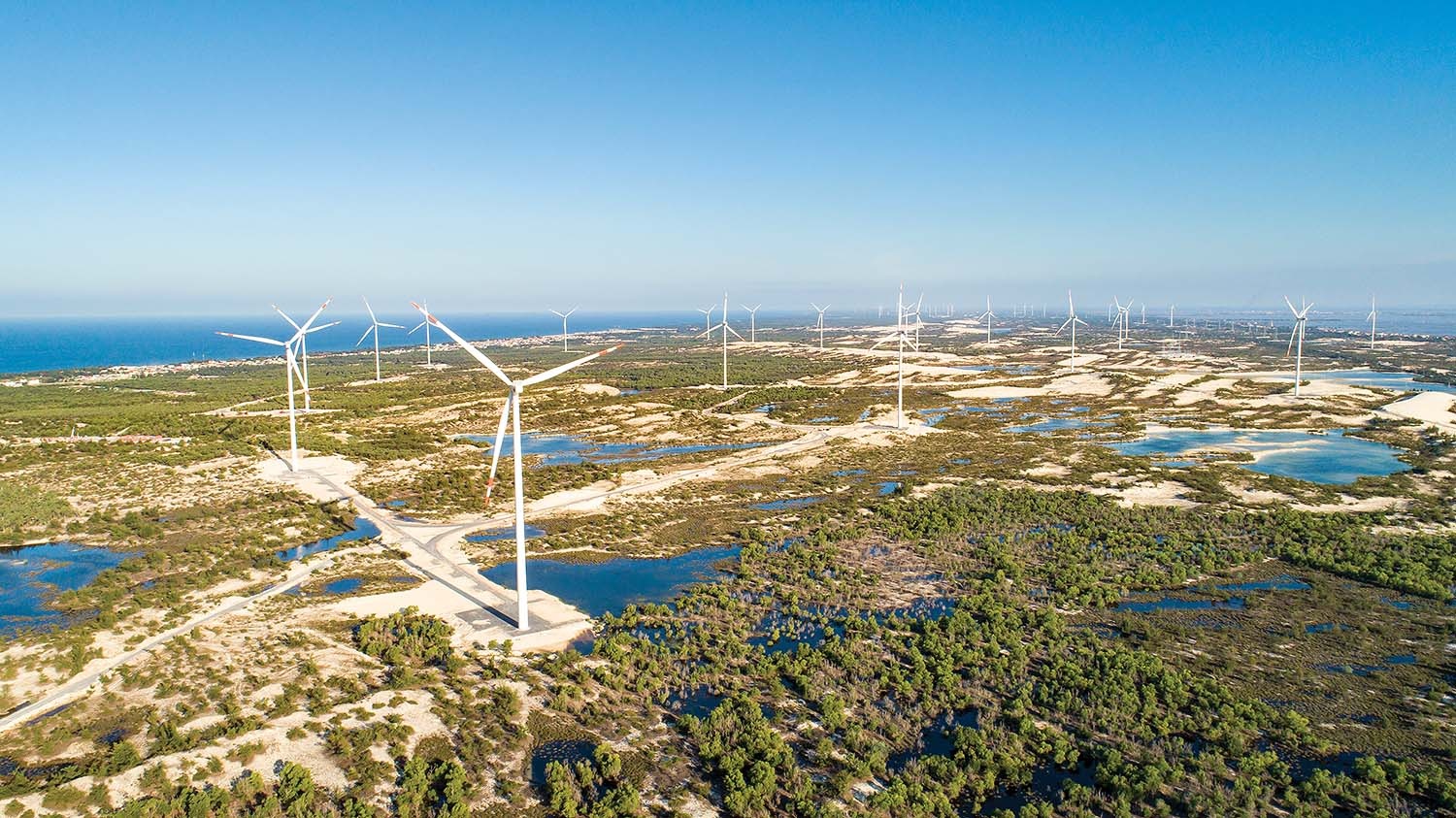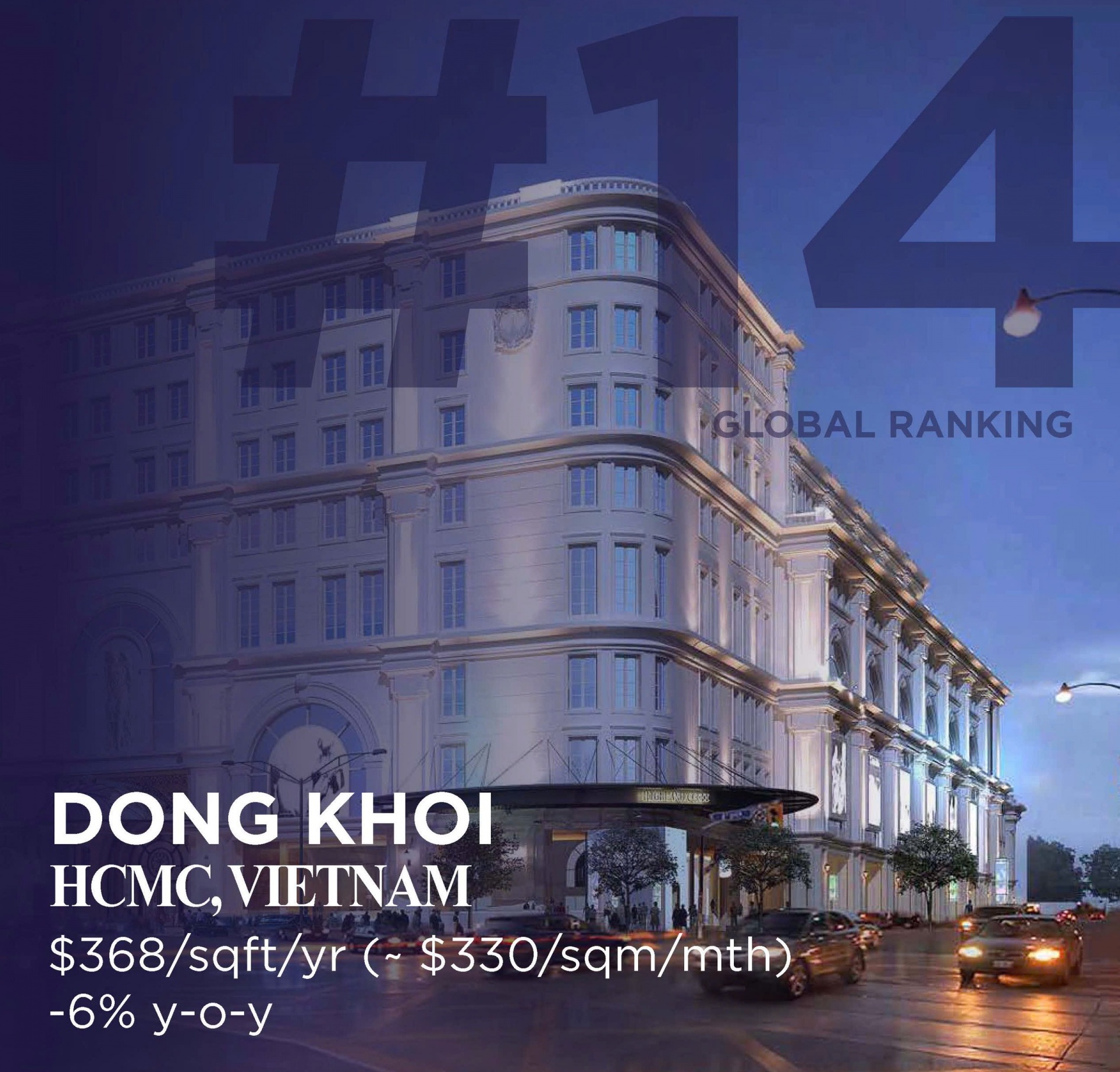World walks tightrope in fear of second spike
 |
| Countries are facing renewed social distancing regulations and increased isolation even after trying to reopen previously. Photo: Ngan Truong |
Last Wednesday, Melbourne went into a stage three lockdown for six weeks after the state recorded 191 new cases of coronavirus two days previously, the highest daily increase since the pandemic began.
State Premier Daniel Andrews said it was unsustainable to keep looser restrictions in place. “It is simply impossible with case rates at this level to have enough contact tracing staff and enough physical resources in order to continue to suppress and contain this virus without taking significant steps,” he said. “If we were to fail to take those steps, then it won’t be a couple of hundred cases per day, it will be many more than that and will spiral well and truly out of control.”
Around the same time, Italian authorities stopped 125 Bangladeshi people from entering the country after they landed in Rome airport on a flight from Qatar. The move came as Italy tried to contain an outbreak of coronavirus among the Bangladeshi community in the Lazio region.
Italy had already suspended flights from Bangladesh for a week after 36 people who arrived the day before testing positive. Lazio authorities estimated that as many as 600 Bangladeshi citizens in Rome and the surrounding areas could potentially have the virus.
Alesso D’Amato, Lazio’s health councillor said, “Our experts made calculations based on the data obtained from the sample of passengers on the flight that arrived from Dhaka on Monday in which 13 per cent of the passengers tested positive.”
It was also reported that several people on that flight arrived in Italy with fake certificates, purchased from medics in Bangladesh, declaring they had tested negative for COVID-19.
The incidents in both Australia and Italy may seem light years away from Vietnam’s situation, but that can turn on a dime. Back in March, the country successfully contained the coronavirus for the first time, until the case known as patient 17 entered the country from Europe, causing a domino effect of cases which took longer to suppress.
Blocked from progress
Vietnam has now gone well over nearly 90 days without community transmission.
The country is in a unique position that it can aggressively track down potential individual cases, but with the healthcare system not on the same level as more developed countries, Vietnam has little choice. That is why, surprisingly to some, the country still has not decided to reopen the borders to international tourists or most workers despite the virus being wiped out here.
In turn, the reluctance to reopen, which would expose the country to a new wave of infections, is seriously harming the country’s attempt to capitalise on its pre-pandemic growth explosion and attraction of overseas investment.
Simultaneously, the key EU-Vietnam Free Trade Agreement (EVFTA), scheduled to come into effect on August 1, is out of reach for those it would benefit while the borders remain sealed off.
Phan Huu Thang, former director of the Foreign Investment Agency (FIA) under the Ministry of Planning and Investment, said that the success in containing the spread of COVID-19 gave an advantage for Vietnam in attracting foreign direct investment (FDI) and will help win the confidence of financiers from abroad.
That, plus the EVFTA, has brought a “golden opportunity” to Vietnam to lure FDI as global supply chains have been disrupted and foreign capital flow is on the decline. But all the government can do right now, Thang said, is to accelerate investment promotion.
“While it is difficult to lure investment at this time, it would be better to help licensed investors to accelerate their project implementation,” he said. “We need to promote investment on the spot. It is necessary to survey the current situation of licensed investors to find out the problems they have and help them settle them.”
Vietnam is considering resuming flights with some countries, but the government insists that the number one concern is preventing the virus from seeping back in again.
“Vietnam’s point of view is to consider resuming routes and travel with some countries, but it must ensure the compliance with pandemic prevention measures in specific conditions, which shall not spread coronavirus,” said a Ministry of Foreign Affairs spokesperson at a press conference on July 2.
The statement was in direct response to a question about the EU calling for Vietnam to restore international routes in time for implementation of the EVFTA.
Balancing act
Vietnam’s commitment to the health of its people rather than placing top priority on the economy is at odds with countries worldwide that have struggled with the timing in loosening social distancing regulations.
Israel was praised for its strict initial lockdown in March, but the reopening of schools, bars, and restaurants has seen the outbreak worsen and many restrictions have since been reimposed.
“The achievements in dealing with the first wave of infections were cancelled out by the broad and swift opening of the economy,” said the country’s public health chief, Siegal Sadetzki, who was taking responsibility for the failures and resigning from the role.
Spain, one of Europe’s worst-affected countries, last week put some 270,000 people back into lockdown after only two days, after a spike in cases in the northern regions of Galicia and Catalonia.
More notably, coronavirus cases have mushroomed in several US states, especially those bordering Mexico such as Arizona and Texas, which both botched attempts at reopening. In an ironic twist after years of US President Donald Trump praising the creation of a border wall to prevent illegal immigrants from crossing over from Mexico, it is the Mexicans that are now pleading for Americans to not travel into their country.
The events hindering the United States, Spain, Israel, and many others are being classified by some as part of a “second wave” of coronavirus cases, which scientists have warned about for months.
In England, pubs and restaurants reopened last weekend for the first time since March, but there were immediate fears that as people venture out more and more as lockdown eases, coronavirus cases could rise.
“I think we are unlikely to see the number of new infections per day decreasing and, if this continues all the way through to the winter, we run the risk of a second wave,” said Sir David King, the UK government’s former chief scientific advisor.
Speaking to ITV, King added, “If we want what is best for the economy, we must focus on getting rid of the virus. We need to find every case, not every fifth case. We need to test and trace every contact that somebody has had, and make sure they’re isolated. We don’t have a system like that in operation.”
Some countries are actively preparing for a winter-time second wave, and are looking at historic precedents for help.
“The question of what a second wave might look like depends in large part on everyone’s actions,” wrote Melissa Hawkins, Professor of Public Health at American University for SciTech Daily. “The 1918 flu pandemic was characterised by a mild first wave in the winter of 1917-1918 that went away in summer. After restrictions were lifted, people very quickly went back to pre-pandemic life. But a second, deadlier strain came back in fall of 1918 and third in spring of 1919.”
In total, more than 500 million people were infected worldwide and upwards of 50 million died over the course of three waves.
“It was the combination of a quick return to normal life and a mutation in the flu’s genome that made it more deadly that led to “horrific” second and third waves,” Hawkins added.
“Thankfully, the coronavirus appears to be much more genetically stable than the influenza virus, and thus less likely to mutate into a more deadly variant. That leaves human behaviour as the main risk factor,” she said.
What the stars mean:
★ Poor ★ ★ Promising ★★★ Good ★★★★ Very good ★★★★★ Exceptional
 Tag:
Tag:
Themes: COVID-19
- 67 million children missed out on vaccines because of Covid: UNICEF
- Vietnam records 305 COVID-19 cases on October 30
- 671 new COVID-19 cases recorded on October 1
- Vietnam logs additional 2,287 COVID-19 cases on Sept. 21
- People’s support decisive to vaccination coverage expansion: official
Related Contents
Latest News
More News
- Green-digital transition must start with proper mindset (November 13, 2024 | 16:49)
- New Zealand shares sustainable development experience with Vietnam (November 13, 2024 | 15:55)
- Vietnam on the verge of green industrial revolution (November 12, 2024 | 15:57)
- VIR sustainable development conference opens in Hanoi (November 12, 2024 | 09:42)
- Taking the lead in dual transition for a greener Vietnam (November 11, 2024 | 17:00)
- Vietnamese consumers careful amid economic volatility (November 11, 2024 | 13:55)
- Quality must come first in chip mission (November 11, 2024 | 10:33)
- Vietnam's digital economy estimated to reach $36 billion in 2024 (November 07, 2024 | 13:52)
- Authorities looks to tackle influx of cheap foreign goods (November 07, 2024 | 10:44)
- Trump claims 'magnificent' victory over Harris (November 06, 2024 | 16:55)


























 Mobile Version
Mobile Version